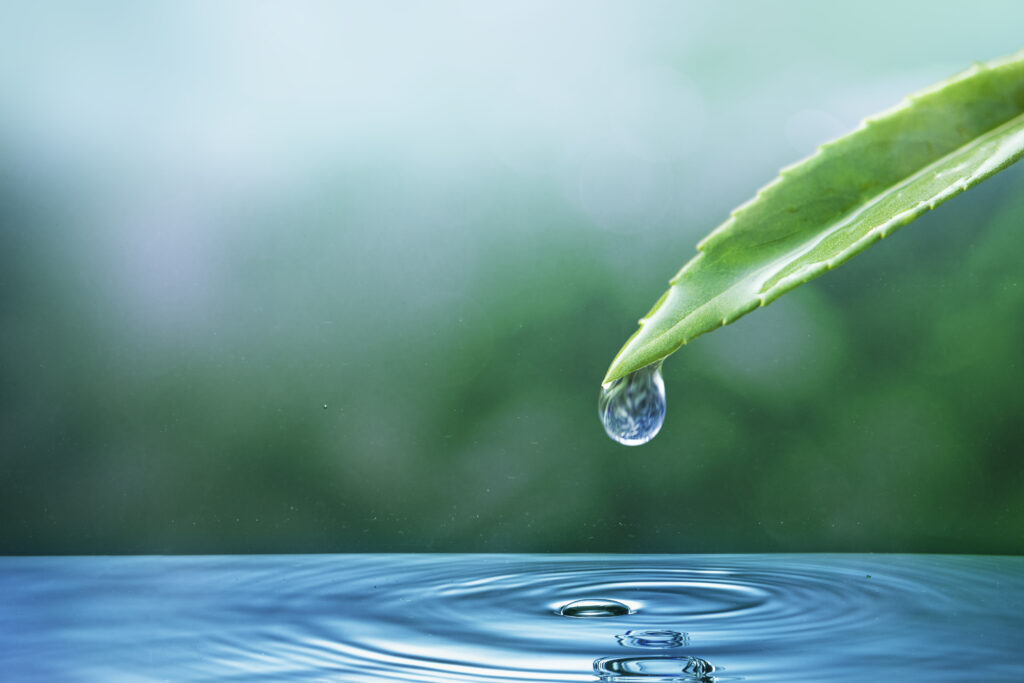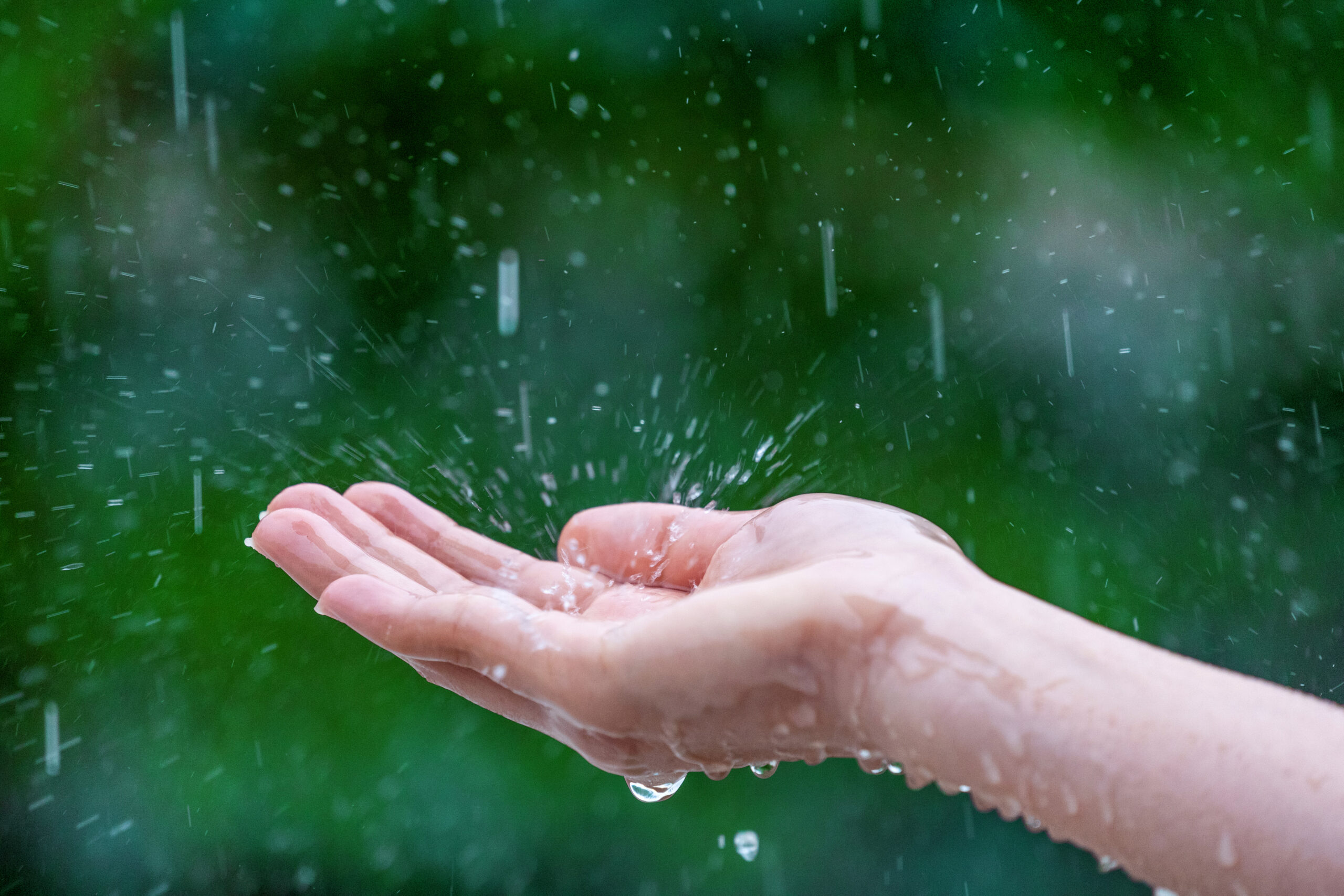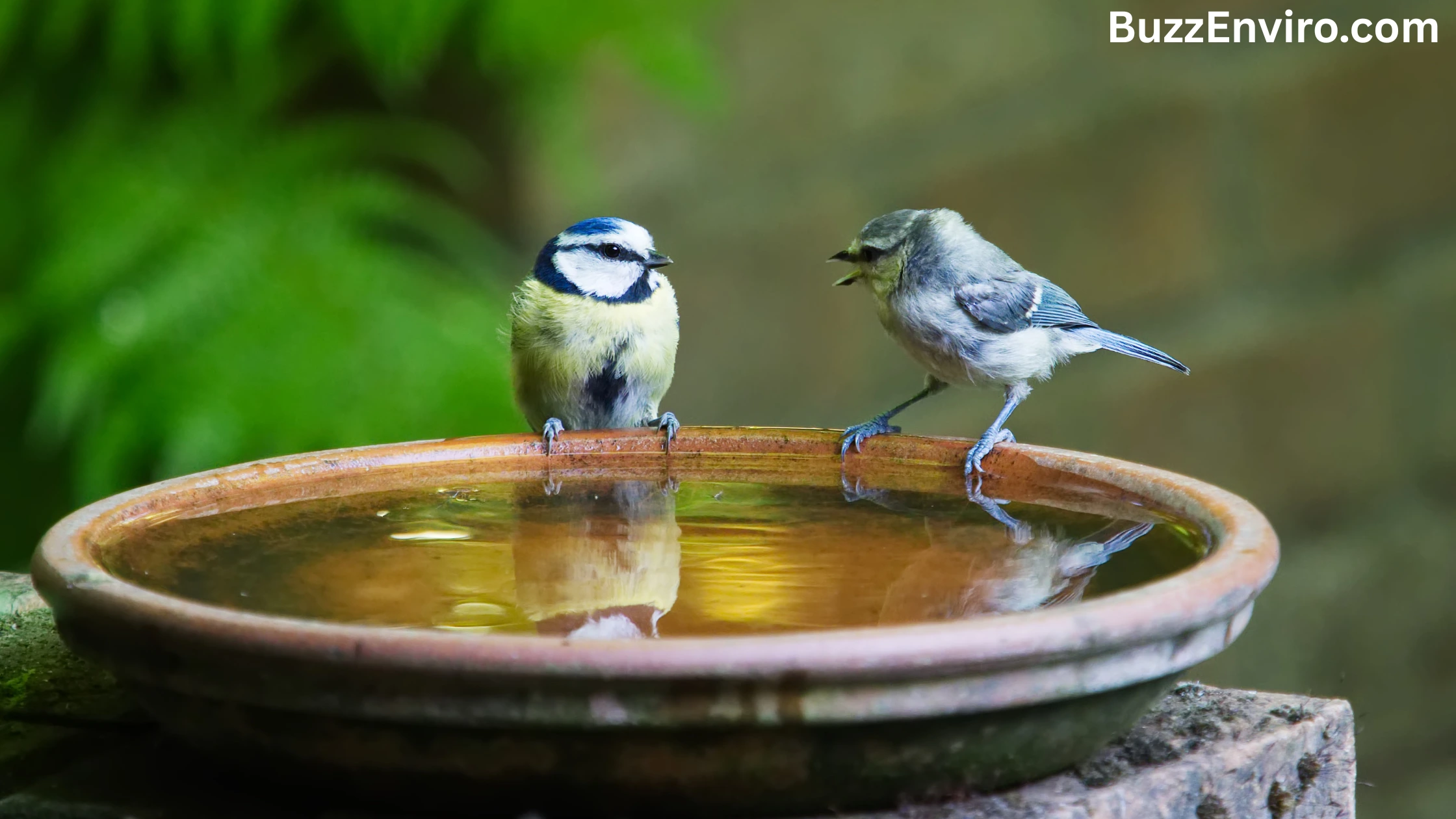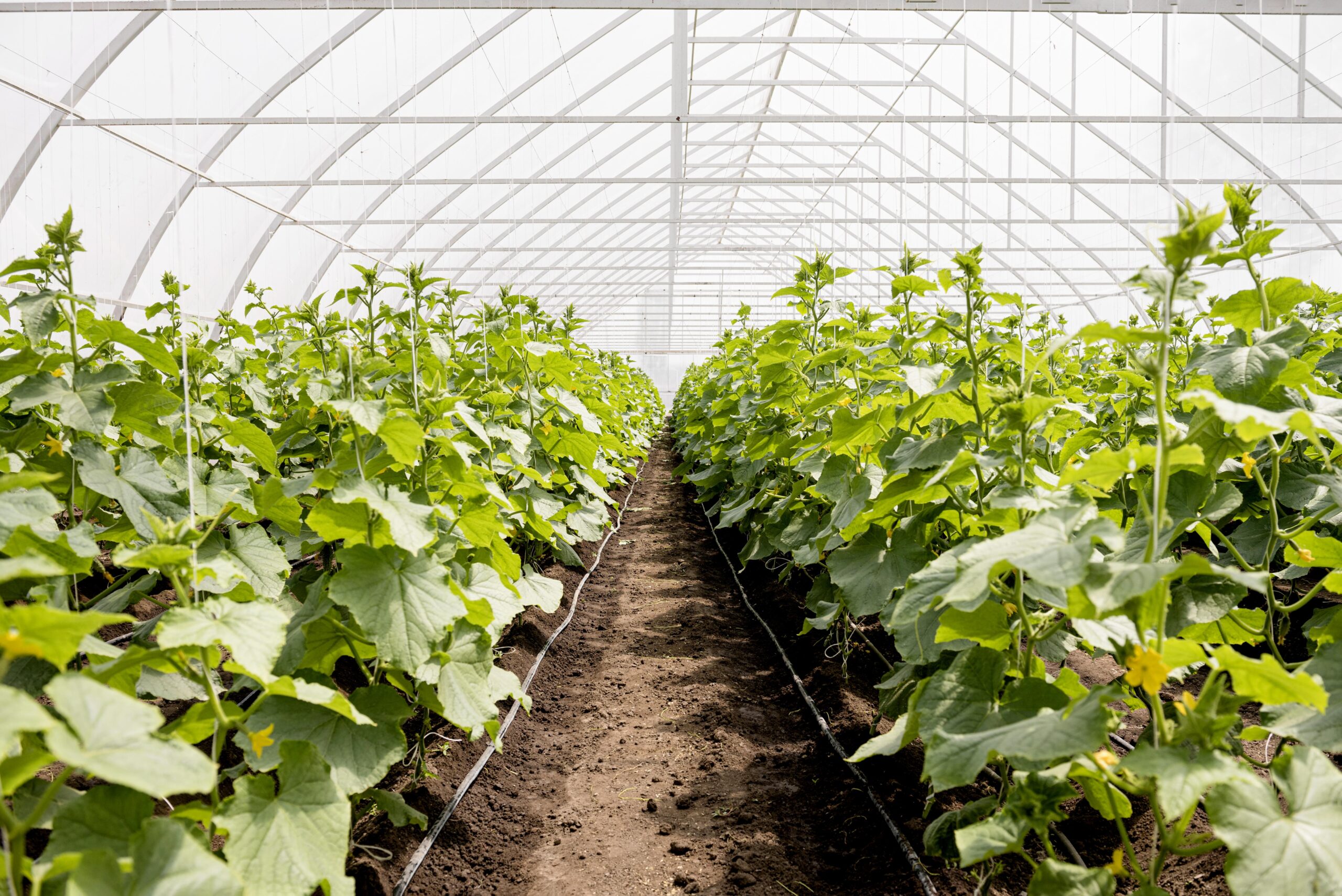Rainwater Harvesting is the process of collecting and storing rainwater for future use. It is an excellent way to conserve water, reduce your water bill, and provide a source of fresh, clean water for your plants and garden.
What is Rain Water Harvesting?
Rainwater harvesting is a collection of run-off rainwater for domestic use, agriculture, soil conservation, and environmental management. Rainwater collected from the rooftop is stored for the human use.
The reliability of rainwater supply depends on the size of the catchment area, (the roof), the volume of the storage tank and the management of daily consumption, as the local rainfall pattern. In Sri Lanka where the annual average rain is relatively high rainwater harvesting is technically feasible anywhere

If you are new to rainwater harvesting, here is a beginner’s guide to started.
- Determine Your Water Needs: Before you start collecting rainwater, determine your water needs. This will help you determine the size of your rainwater harvesting system. Consider the number of people in your household, your daily water usage, and the types of plants you want to water.
- Choose Your Collection System: There are a variety of rainwater collection systems available, including barrels, cisterns, and rain chains. Choose a system that is appropriate for your needs and budget. Barrels are the most affordable option and are great for small-scale collection, while cisterns can hold larger amounts of water and are ideal for larger properties.
- Determine Your Collection Area: The next step is to determine where you will collect rainwater from. This can be your roof, a patio, or even a small shed. Consider the surface area and slope of the collection area to ensure that you are maximizing your water collection.
- Install Your Collection System: Once you have chosen your collection system and determined your collection area, it’s time to install your system. Follow the manufacturer’s instructions carefully, and ensure that your system is secure and level.
- Maintain Your System: Regular maintenance is important to ensure that your rainwater harvesting system is working properly. Clean your gutters and downspouts regularly to prevent blockages, and ensure that your collection system is free from debris and algae. It is also important to regularly check for leaks or damage to your system.
- Use Your Harvested Water: Once you have collected your rainwater, it’s time to use it. Rainwater is perfect for watering your garden, plants, and lawn. It can be used for washing your car or outdoor equipment. Just be sure to use a filter if you plan to use your harvested water for drinking or cooking.
Conclusion
In conclusion, rainwater harvesting is an excellent way to conserve water and provide a source of fresh, clean water for your plants and garden. With the right collection system and regular maintenance, you can enjoy the benefits of rainwater harvesting for years to come.





